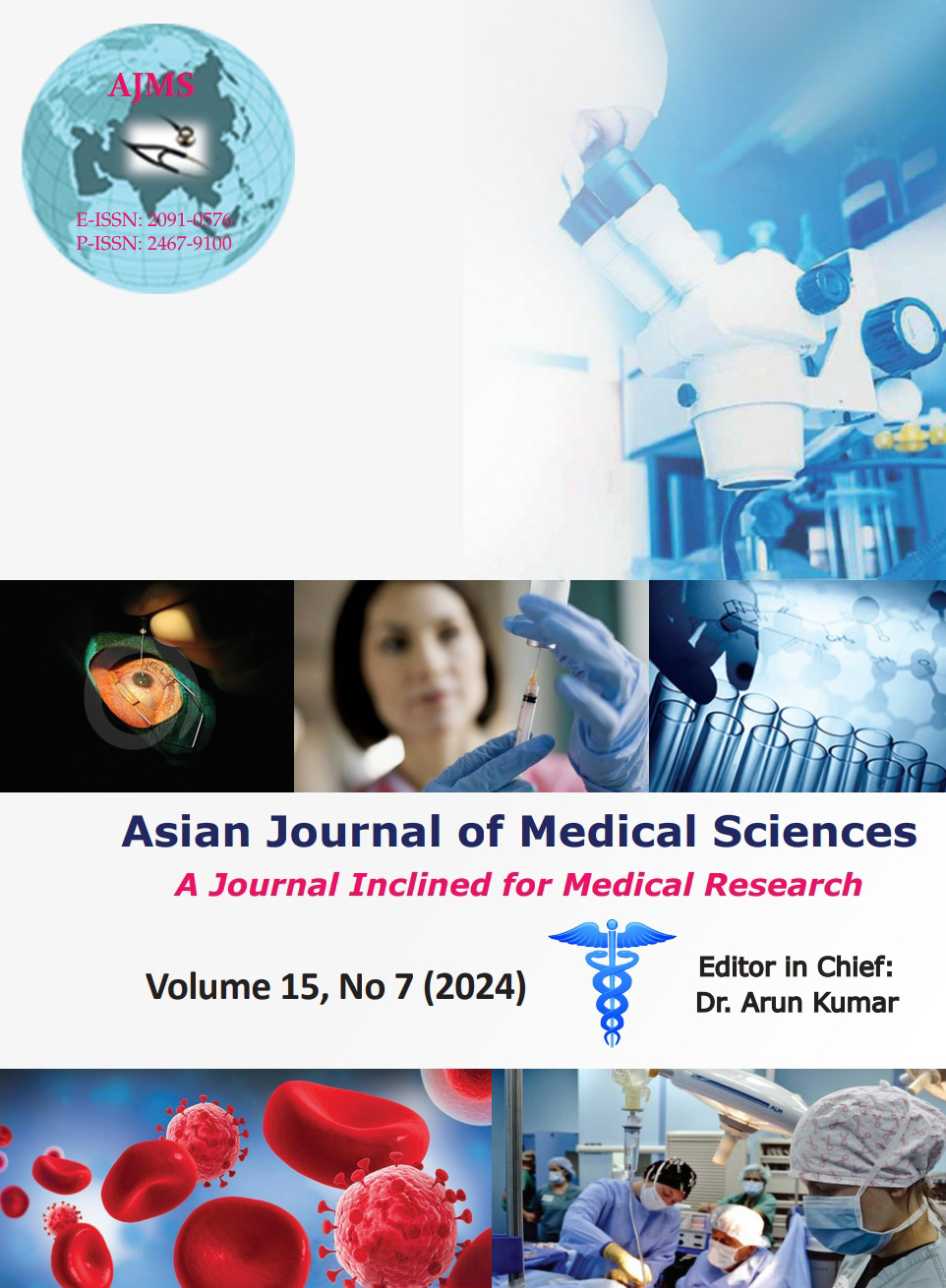Comparative study between dexmedetomidine and midazolam as pre-medication for the prevention of etomidate-induced myoclonus and attenuation of stress response at endotracheal intubation in laparoscopic cholecystectomies
Keywords:
Dexmedetomidine; Midazolam; Etomidate; Myoclonus; Laparoscopic cholecystectomyAbstract
Background: Myoclonus is a common issue in etomidate anesthesia induction, and various drugs have been used to reduce its incidence, highlighting the ongoing search for better alternatives in anesthesiology.
Aims and Objectives: The study analyzed the impact of dexmedetomidine (DEX) and midazolam pre-treatment on etomidate-induced myoclonus incidence, stress response at laryngoscopy, and intubation during etomidate induction.
Materials and Methods: A prospective randomized controlled intervention study (superiority trial) was done involving 42 patients of age 20–60 years, randomly allocated in two equal groups (Group D: Inj. DEX was given as infusion (0.5 μg/kg) in 10 mL 0.9% normal saline over 10 min and 5 min before induction. Group M: Inj. Midazolam was given 0.02 mg/kg, prepared in 10 mL 0.9% normal saline, to be infused over 10 min and 5 min before induction). Myoclonus was graded after intravenous administration of etomidate (0.3 mg/kg) and hemodynamic response to laryngoscopy and intubation were observed at various time intervals. Statistical analysis was done using SPSS version 27.0. Independent t-test/Mann–Whitney test (for non-parametric data) and Chi-square test/Fisher’s exact test were used to compare variables. A P<0.05 was considered statistically significant.
Results: The study found that DEX effectively suppressed stress response due to intubation compared to midazolam, with mean myoclonus gradation (Mean±SD) in Group-D and Group-M being 0.6190±0.7400 and 1.6667±0.8563, respectively, indicating a significant distribution with group.
Conclusion: DEX was found to be more effective than midazolam in preventing etomidate-induced myoclonus and attenuating stress response compared to midazolam.
Downloads
Downloads
Published
How to Cite
Issue
Section
License
Copyright (c) 2024 Asian Journal of Medical Sciences

This work is licensed under a Creative Commons Attribution-NonCommercial 4.0 International License.
Authors who publish with this journal agree to the following terms:
- The journal holds copyright and publishes the work under a Creative Commons CC-BY-NC license that permits use, distribution and reprduction in any medium, provided the original work is properly cited and is not used for commercial purposes. The journal should be recognised as the original publisher of this work.
- Authors are able to enter into separate, additional contractual arrangements for the non-exclusive distribution of the journal's published version of the work (e.g., post it to an institutional repository or publish it in a book), with an acknowledgement of its initial publication in this journal.
- Authors are permitted and encouraged to post their work online (e.g., in institutional repositories or on their website) prior to and during the submission process, as it can lead to productive exchanges, as well as earlier and greater citation of published work (See The Effect of Open Access).




